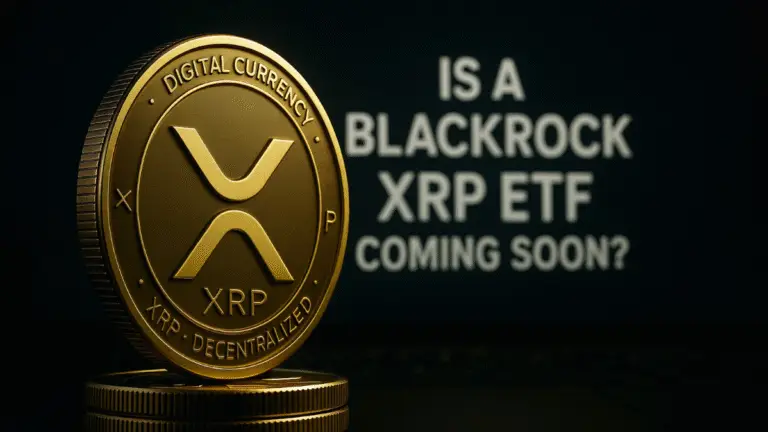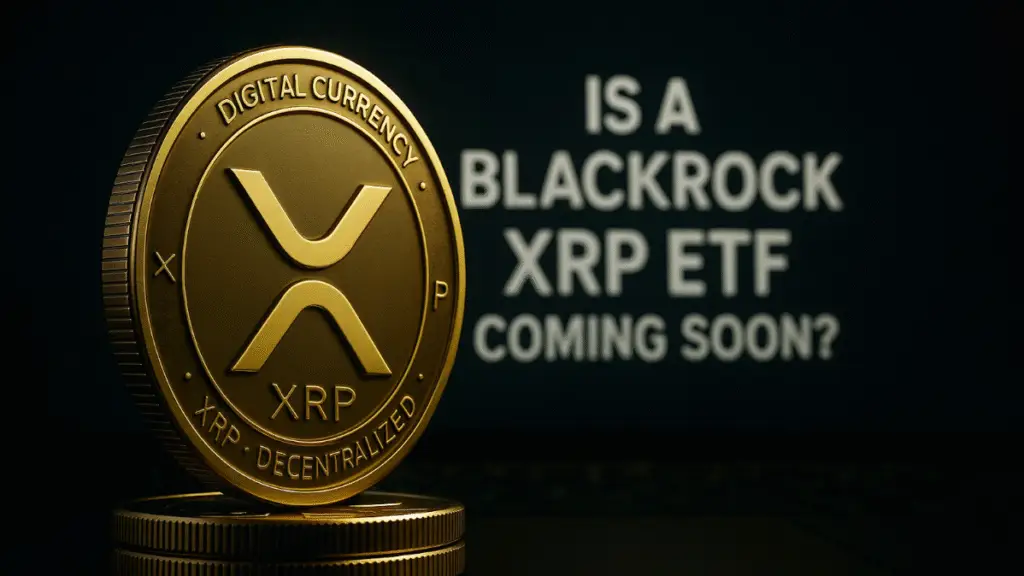Introducing Two Rising Ecosystems
In the dynamic landscape of cryptocurrency in 2025, two projects are particularly highlighted as making notable waves: Lightchain AI, represented by the ticker symbol $LCAI, and PlutoChain, identified by the ticker symbol $PLUTO. Lightchain AI has officially crossed a significant milestone in its presale, surpassing the $20 million mark, a figure seen as indicative of strong investor interest in its design, which integrates artificial intelligence directly into blockchain technology. Simultaneously, PlutoChain is reported to be continuing to build traction within the market as a prominent Bitcoin Layer-2 protocol aimed at expanding the capabilities of the Bitcoin network.
Comparing Long-Term Potential
These developments naturally lead to a key question posed within the analysis of these projects: which of these two rising ecosystems holds more long-term weight in the evolving digital asset space? The comparison centers on their fundamental architectures—Lightchain’s approach with its AI-native design versus PlutoChain’s strategy as a BTC-native Layer-2 engine. To address this question, the analysis presented suggests a need to delve into their current momentum and assess their respective long-term potential within the competitive crypto landscape.
Building the Framework for AI-Powered Web3
Focusing specifically on Lightchain AI ($LCAI), the project is described as actively pioneering the development of an intelligent layer specifically designed for decentralized infrastructure. This initiative represents an effort to build foundational technology that enables more complex and capable applications within the Web3 ecosystem.
Combining Real-Time AI and Scalable Validation
The core technical approach of Lightchain AI involves the strategic combination of real-time artificial intelligence capabilities with scalable blockchain validation mechanisms. This integration is intended to create a protocol that is not only capable of processing transactions and data efficiently but also leveraging AI for enhanced functionality and performance.
Introducing Key AI-Blockchain Concepts
As part of its innovative design, the protocol introduces several key concepts foundational to its operation. These include Proof of Intelligence (PoI), a consensus mechanism tied to valuable AI tasks, and its proprietary Artificial Intelligence Virtual Machine (AIVM). The AIVM is specifically highlighted as a notable technical achievement, being described as a “first in the AI-blockchain space.”
Presale Success and Mainnet Timeline
The market’s response to Lightchain AI’s development has been positive, as evidenced by its presale success. The presale has already reached and surpassed a significant financial benchmark, raising $20 million. This funding milestone has been achieved ahead of a key upcoming event for the project: its mainnet launch, which is anticipated to occur in August 2025.
Growing Developer Engagement
Beyond financial metrics, Lightchain AI is also experiencing growth in developer engagement. This increased interest from developers is attributed to the project’s provision of a modular toolkit. This toolkit is designed to facilitate a range of AI-related activities, including AI compute, analytics, and automation, enabling developers to build sophisticated applications across decentralized applications (dApps) and support enterprise-grade models.
Mission to Mainstream On-Chain Machine Learning
What is presented as fundamentally differentiating Lightchain AI is its explicit mission: to bring on-chain machine learning capabilities to the mainstream. This ambitious goal is stated to be pursued not solely through tokenomics incentives but primarily through core enhancements and developments made directly to the protocol itself, ensuring the technology is robust and capable.
Beta Network Demonstrates Capabilities
Evidence of the project’s progress is seen in its beta network. This network, supported by early partners specializing in data and GPU cloud services, is reported to be already operational. It is described as actively processing intelligent routing logic across simulated data sets, demonstrating the practical application of its core technology in a test environment.
PlutoChain’s BTC-Native L2 Role
Turning to the other project highlighted, PlutoChain ($PLUTO) is characterized as building traction specifically as a Bitcoin Layer-2 protocol. This positions it as a solution designed to operate on top of the foundational Bitcoin network, inheriting some of its security while adding new functionalities.
Enabling Smart Contracts and DeFi on Bitcoin
As a Bitcoin Layer-2, PlutoChain’s purpose is to enable capabilities on the Bitcoin network that are not natively supported or are limited on the base layer. This includes facilitating smart contracts, a key component of decentralized finance (DeFi), and other advanced functionalities directly leveraging the trust and security of Bitcoin.
Focusing on Near-Instant Finality
A particular technical focus for PlutoChain as a BTC Layer-2 is enabling transactions with near-instant finality. This addresses one of the limitations of the base Bitcoin layer, where transaction confirmation times can vary. By providing faster transaction finality, PlutoChain aims to make the Bitcoin network more suitable for a wider range of applications requiring quick settlements.















